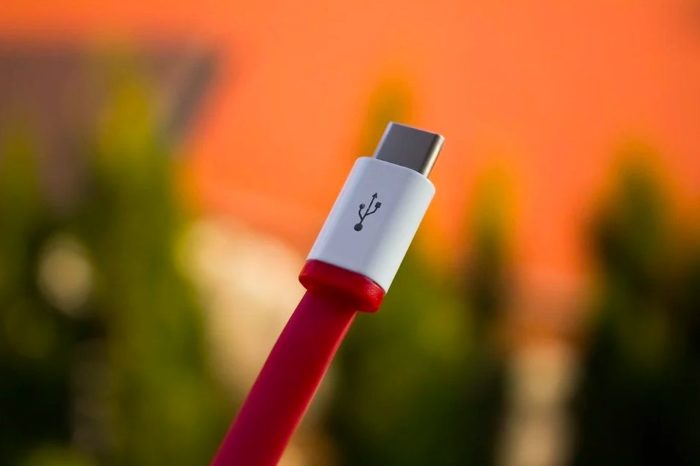
Laptops are much lighter and thinner than they were in the 1990s and 2000s, making them much more practical for traveling. This has helped to create a generation of digital nomads who carry a laptop in their backpacks, giving them everything they need to work.
It also allows people to work away from the office. While business meetings in other cities used to mean you lost time while traveling on the train or plane, now it’s possible to keep working as you hurtle across the country at speed.
There’s still a problem though. Although laptops are lighter, they still weight you down and the clunky power supplies often have transformers that are just as heavy. Additionally, if you’ve spent more than $1,000 on a computer, you are always concerned that it’s going to get damaged, lost or stolen.
With the latest models of smartphones being so powerful, there is another option. It’s now possible to turn your Android device into a laptop, letting you continue using your mobile data and the apps you have. Here’s how.
Docking Stations
There are a range of docking station devices that you can plug your smartphone into, turning it into a laptop. There are several options available on the market today, although the most famous manufacturer is Nexdock. The company started out on Kickstarter, and have since released two versions of their smartphone dock, with a third due in August 2020.
The Nexdock and other docks look like a laptop. They have a screen, keyboard and touchpad. They also fold in half when they’re not in use. Inside though, there’s no hard drive, no memory, no fan, no built-in WiFi.
Instead, you plug in your Android device through the USB-C port on the side, and begin controlling it like a laptop. You can even plug in other USB peripherals like mice and memory sticks as well as SD cards and headphones.
Provided your smartphone has a desktop mode, like Samsung’s Dex or the native Desktop Mode in Android 10, then it will work.
It can be charged by USB-C too, meaning you don’t need a separate charger.

HDMI Cable
Alternatively, if you spend a lot of time in hotel rooms, you could use the hotel’s TV as your screen. You can do this by plugging your smartphone into it via HDMI and a special USB-C to HDMI adapter. You’ll just need to take the cables and a separate keyboard and mouse with you.
Both these setups have their limitations, so be sure to consider them before deciding to give up your laptop.
Office Applications and Internet Surfing
A docked smartphone in desktop mode is ideal for checking your emails, word processing and surfing the web, making it a great option for people working on the go. Conveniently, you can use your phone’s built-in WiFi and mobile data, so there’s no need to mess about with tethering.
Gaming
Using a smartphone dock for playing games isn’t going to give you a great experience, so it’s best to avoid it. Whether you’re playing card games to develop your poker strategy or partaking in battle royale style contests in games like PlayerUnknown’s Battlegrounds, you’re best undocking to avoid running into any problems.
If you really want to though, it’s possible to also connect a Bluetooth controller to your phone and run the game through the dock’s screen.
Video Streaming
Unless you’re prepared to pay extra, hotel TVs typically have a poor selection of channels. So if you want to watch your favorite movies and TV shows when in your room or when you’re on the go, a docking station offers a good solution. It means you can use apps like Netflix that are already on your phone, but on a much bigger screen.
Video Editing
Many people use powerful laptops like the Apple Macbook and Microsoft Surface to use video editing software. If this is you, then you will likely need to stick to your existing setup, as even the newest flagship smartphones can’t handle this yet.
Is it a Viable Option?
In most circumstances, modern smartphones are just as powerful as computers. This makes smartphone docks a practical option, although there are some trade-offs that need to be made, particularly since you have a different operating system.






